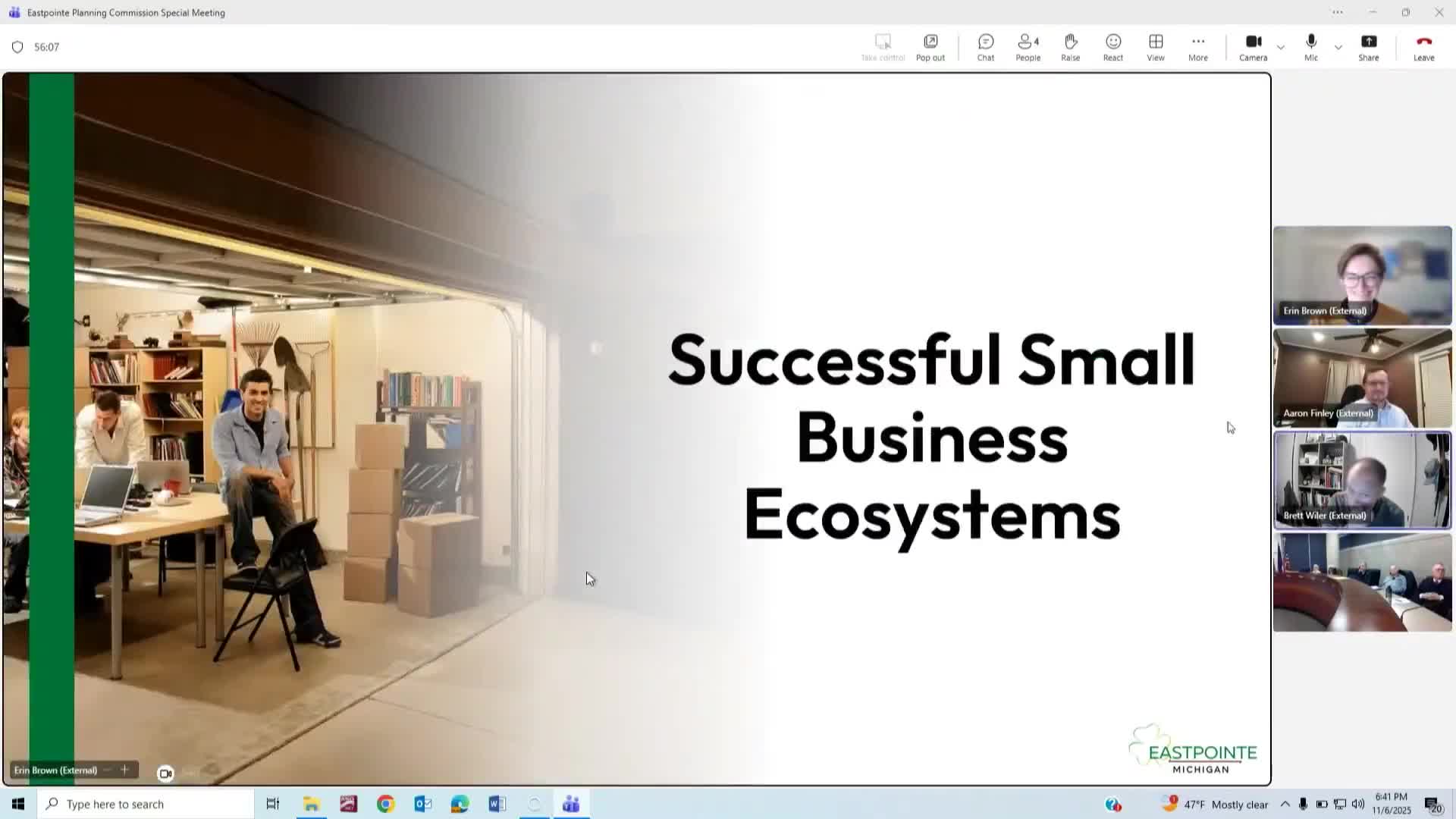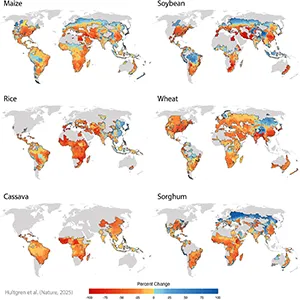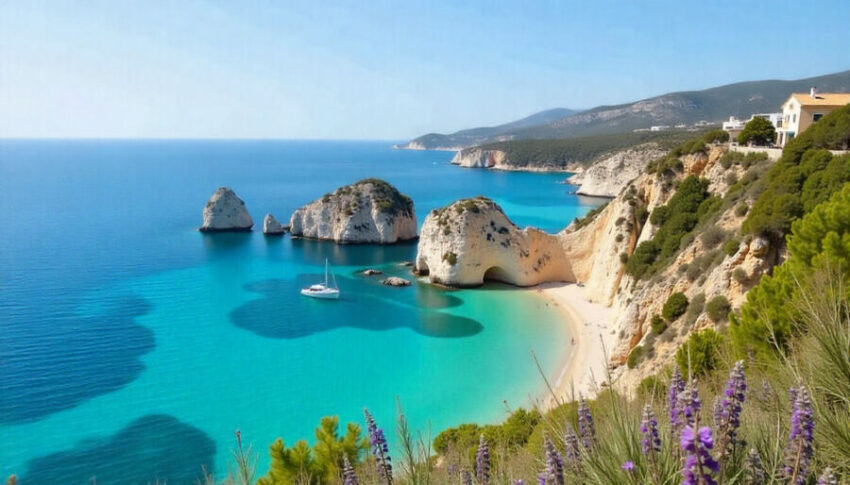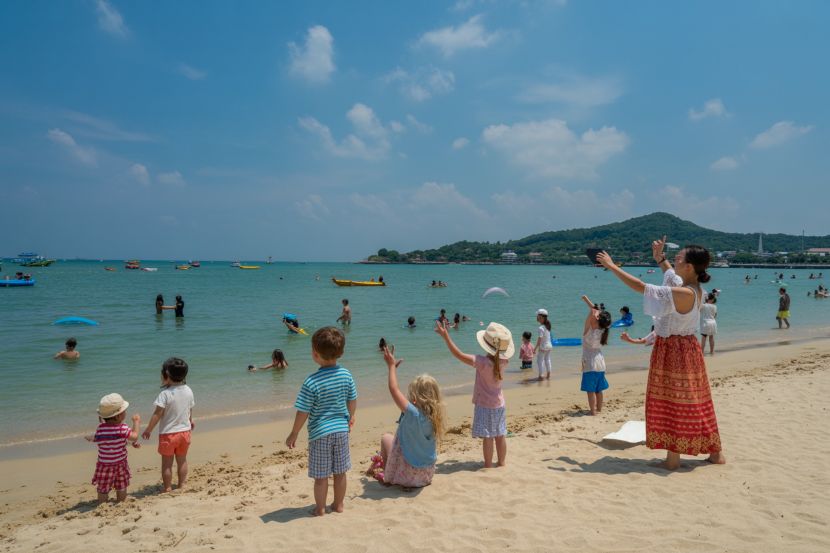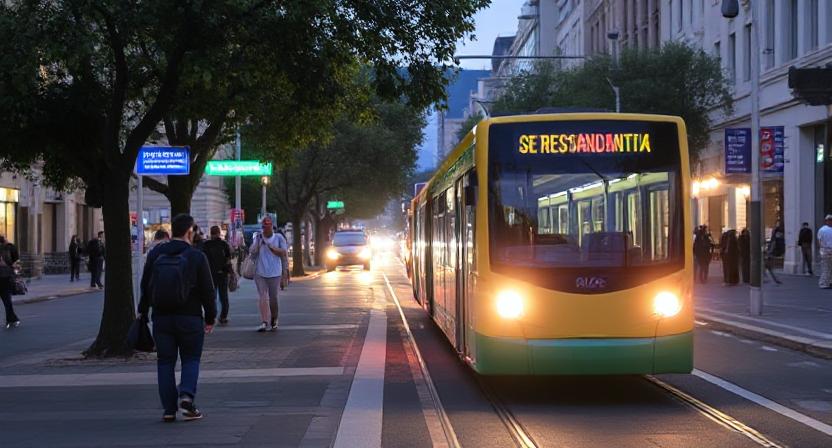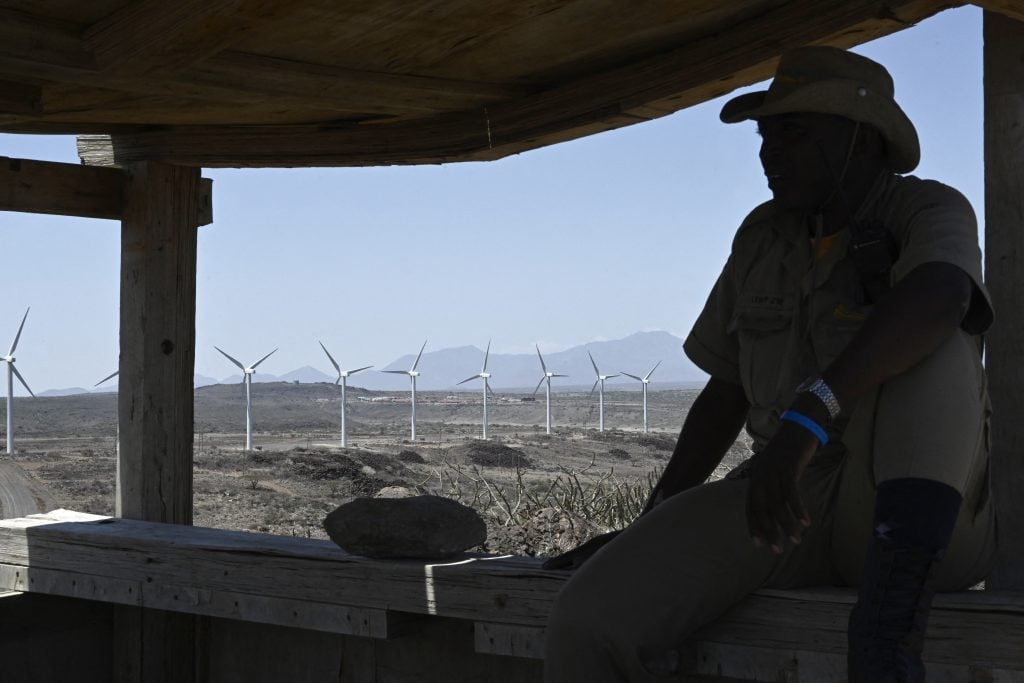First 15-MW Wind Turbine of Baltic Power Installed – Rigzone
Baltic Power Offshore Wind Farm Project Report
Project Overview and Strategic Importance
A significant milestone has been achieved in Poland’s energy sector with the installation of the first 15-megawatt (MW) wind turbine for the Baltic Power project, a joint venture between Orlen Group and Northland Power. These Vestas units are reported to be the largest offshore wind turbines installed in Europe. The project is a cornerstone of Poland’s strategy to diversify its energy sources, reduce dependency on fossil fuels, and enhance long-term energy resilience, directly addressing geopolitical instability and national energy security.
Upon its scheduled commissioning in 2026, the Baltic Power farm is projected to be the first offshore wind farm to supply electricity to Poland’s national grid. It is anticipated to cover up to 3 percent of the country’s electricity demand, marking a pivotal step in Poland’s energy transition.
Alignment with Sustainable Development Goals (SDGs)
The Baltic Power project demonstrates a strong commitment to the United Nations Sustainable Development Goals through its design, execution, and strategic objectives.
- SDG 7 (Affordable and Clean Energy) & SDG 13 (Climate Action): By generating large-scale renewable power, the farm directly contributes to providing clean energy and combating climate change. It is a key initiative in decarbonizing Poland’s energy landscape and reducing the nation’s carbon footprint.
- SDG 9 (Industry, Innovation, and Infrastructure): The project represents a leap in resilient infrastructure development. The deployment of advanced 15-MW turbines and the engineering scale of the farm showcase significant industrial innovation.
- SDG 12 (Responsible Consumption and Production): A pioneering effort in sustainable manufacturing is evident in the construction of some turbine towers from recycled steel, establishing a new benchmark for responsible production patterns in the wind energy industry.
- SDG 8 (Decent Work and Economic Growth): The project fosters economic growth and creates skilled jobs by prioritizing local content. This includes the manufacturing of components like nacelles at the Vestas plant in Szczecin and the establishment of an onshore operations and maintenance base in Leba.
- SDG 17 (Partnerships for the Goals): The project is a model of effective collaboration, bringing together Orlen Group, Northland Power, Vestas, and Cadeler. This multi-stakeholder partnership is essential for achieving large-scale sustainable energy goals.
Technical Specifications and Innovation
The project utilizes state-of-the-art technology and materials, underscoring its innovative approach to renewable energy generation.
- Turbine Capacity: 74 Vestas 15-MW units.
- Total Height: Approximately 250 meters (820 feet) from the seabed to the blade tip.
- Tower Height: Over 120 meters (393 feet).
- Blade Length: 115 meters (377 feet).
- Swept Area: 43,700 square meters (470,380 square feet) per turbine.
- Material Innovation: First-time use of recycled steel in the construction of select turbine towers, contributing to a circular economy.
Construction and Logistical Operations
The construction phase involves a complex and synchronized logistical operation utilizing specialized marine vessels and onshore facilities.
- Turbine Installation: The jack-up vessel *Wind Osprey*, with a lifting capacity of 1,600 tons, is transporting and installing all 74 turbines from the Port of Ronne.
- Foundation Installation: In parallel, monopoles and transition pieces are being installed at the offshore construction site.
- Cable Installation: Preparations are underway for the installation of inter-array and export cables to transmit power to the grid.
- Substation Installation: Offshore substations are scheduled for installation later in autumn.
- Onshore Support: The construction of the onshore operations and maintenance base in Leba was completed in April, providing critical support for the farm’s lifecycle.
Project Timeline and Future Outlook
The Baltic Power farm is on schedule for operational commissioning in 2026. Looking beyond this project, Orlen Group has announced strategic plans to develop additional offshore wind projects with a total capacity of approximately 5.5 gigawatts in partnership with other entities. This long-term vision reinforces a sustained commitment to advancing Poland’s renewable energy capacity and furthering the objectives of SDG 7 and SDG 13.
Analysis of Sustainable Development Goals (SDGs) in the Article
1. Which SDGs are addressed or connected to the issues highlighted in the article?
-
SDG 7: Affordable and Clean Energy
- The article’s central theme is the installation of a major offshore wind farm (Baltic Power project) to generate clean electricity. This directly contributes to increasing the availability of clean energy.
-
SDG 9: Industry, Innovation, and Infrastructure
- The project involves the construction of significant new energy infrastructure (“the first offshore wind farm to supply electricity to Poland”). It also highlights innovation, such as using the “largest offshore wind turbines to be installed in Europe” and the use of recycled materials in construction.
-
SDG 12: Responsible Consumption and Production
- The article mentions that “Some Baltic Power turbine towers are constructed from recycled steel, a first in wind farm development.” This points directly to sustainable production practices and the use of recycled materials.
-
SDG 13: Climate Action
- By developing a large-scale renewable energy source, the project aims to reduce “dependence on fossil fuels.” This is a critical action to combat climate change and its impacts by transitioning to a low-carbon energy system.
2. What specific targets under those SDGs can be identified based on the article’s content?
-
Target 7.2: By 2030, increase substantially the share of renewable energy in the global energy mix.
- The article states the wind farm will be “capable of covering up to 3 percent of Poland’s electricity demand” with plans for an additional “5.5 gigawatts,” directly contributing to increasing the share of renewable energy in Poland’s national energy mix.
-
Target 9.4: By 2030, upgrade infrastructure and retrofit industries to make them sustainable, with increased resource-use efficiency and greater adoption of clean and environmentally sound technologies and industrial processes.
- The construction of the offshore wind farm is a major infrastructure upgrade for Poland’s energy sector. The use of “15-megawatt wind turbines” and towers made from “recycled steel” represents the adoption of clean and sustainable technologies and processes.
-
Target 12.5: By 2030, substantially reduce waste generation through prevention, reduction, recycling and reuse.
- The specific mention of constructing turbine towers from “recycled steel” is a direct application of recycling to reduce the demand for virgin materials and minimize the environmental footprint of the project.
-
Target 13.2: Integrate climate change measures into national policies, strategies and planning.
- The project is described as “reshaping the Polish energy landscape” and a crucial step towards “reducing dependence on fossil fuels.” This indicates the project is part of a larger national strategy to transition energy sources and mitigate climate change.
3. Are there any indicators mentioned or implied in the article that can be used to measure progress towards the identified targets?
-
For Target 7.2:
- Indicator 7.2.1 (Renewable energy share in the total final energy consumption): The article provides a specific metric: the farm will cover “up to 3 percent of Poland’s electricity demand.”
- Renewable energy capacity: The article mentions the installation of “15-megawatt wind turbines” (74 in total) and future plans for “approximately 5.5 gigawatts” of additional capacity.
-
For Target 9.4:
- Investment in sustainable infrastructure: The entire project, involving multiple vessels, the construction of an onshore base, and the installation of 74 turbines, represents a significant investment in sustainable infrastructure.
- Adoption of sustainable materials: The use of “recycled steel” in turbine towers is a specific, measurable indicator of adopting environmentally sound processes.
-
For Target 12.5:
- Indicator 12.5.1 (National recycling rate, tons of material recycled): While not providing a total tonnage, the article explicitly states that “Some Baltic Power turbine towers are constructed from recycled steel,” which serves as a qualitative indicator of recycling in a major industrial project.
-
For Target 13.2:
- Implementation of climate strategy: The project itself serves as a tangible indicator of Poland’s implementation of its climate and energy strategy. The statement about “reducing dependence on fossil fuels” and ending “reliance on Russian hydrocarbons” shows a strategic shift being put into action.
4. Summary Table of SDGs, Targets, and Indicators
| SDGs | Targets | Indicators |
|---|---|---|
| SDG 7: Affordable and Clean Energy | 7.2: Increase substantially the share of renewable energy in the global energy mix. | – Share of renewable energy in national electricity demand (up to 3%). – Installed renewable energy capacity (15-megawatt turbines, plans for 5.5 GW). |
| SDG 9: Industry, Innovation, and Infrastructure | 9.4: Upgrade infrastructure and retrofit industries to make them sustainable… and adopt clean and environmentally sound technologies. | – Construction of new sustainable energy infrastructure (offshore wind farm). – Use of advanced clean technology (15-MW turbines). – Adoption of sustainable materials (“recycled steel”). |
| SDG 12: Responsible Consumption and Production | 12.5: Substantially reduce waste generation through… recycling and reuse. | – Use of recycled materials in manufacturing (“recycled steel” for turbine towers). |
| SDG 13: Climate Action | 13.2: Integrate climate change measures into national policies, strategies and planning. | – Implementation of a large-scale project to reduce dependence on fossil fuels. – Strategic diversification of national energy sources. |
Source: rigzone.com
![]()
What is Your Reaction?
 Like
0
Like
0
 Dislike
0
Dislike
0
 Love
0
Love
0
 Funny
0
Funny
0
 Angry
0
Angry
0
 Sad
0
Sad
0
 Wow
0
Wow
0



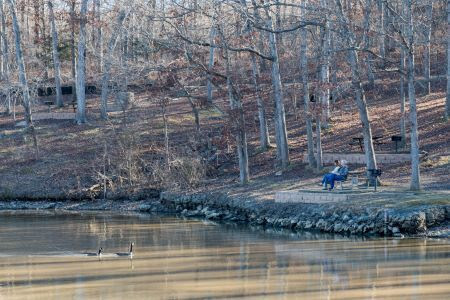































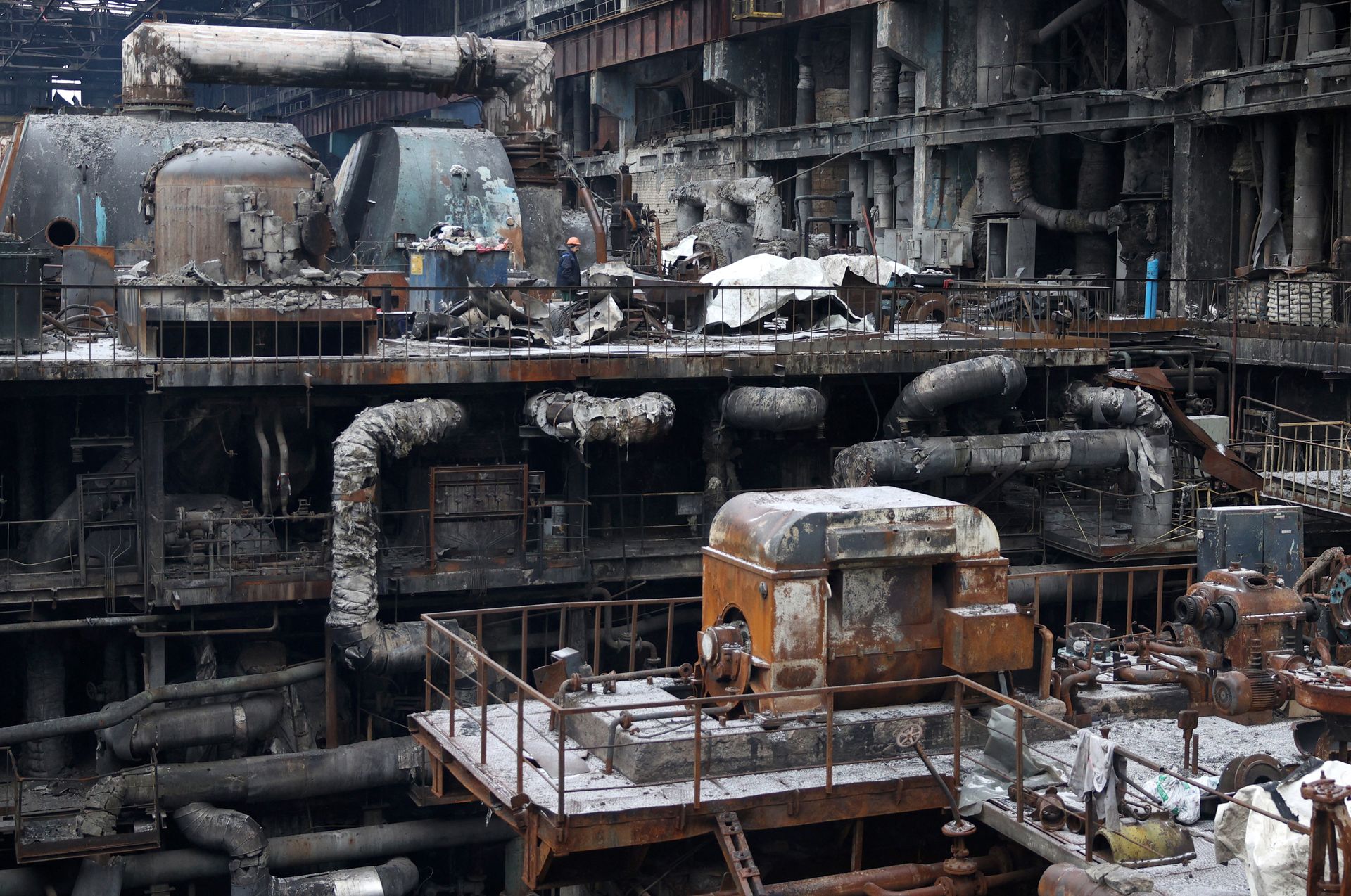

![Lancaster homeowner’s energy-efficient renovation sparks clash over historic preservation [Lancaster Watchdog] – LancasterOnline](https://bloximages.newyork1.vip.townnews.com/lancasteronline.com/content/tncms/assets/v3/editorial/9/ed/9ed03d32-c902-44d2-a461-78ad888eec38/69050b156baeb.image.png?resize=150,75#)













